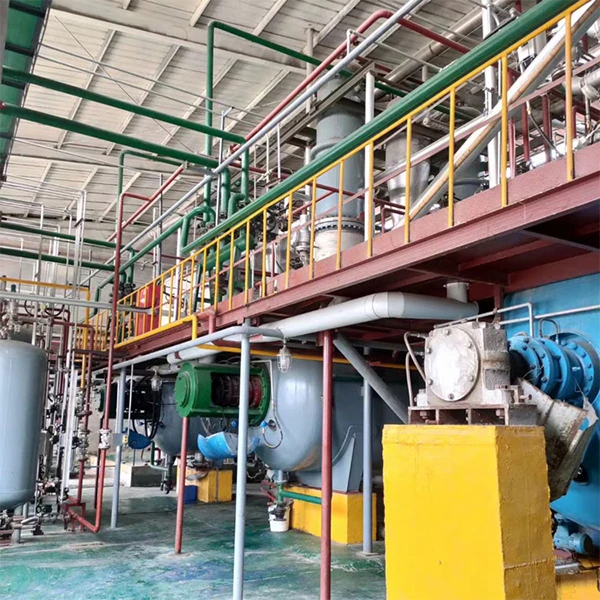Building Adhesives An Essential Component in Modern Construction
Building adhesives have become an integral part of the construction industry, serving a critical role in enhancing the durability, efficiency, and aesthetic appeal of structures. With the evolution of materials and construction techniques, the demand for high-performance adhesives has surged. This article explores the types, benefits, and applications of building adhesives in contemporary construction.
Building adhesives come in various forms, including solvent-based, water-based, and reactive adhesives. Solvent-based adhesives are known for their strong bonding capabilities and are often used in heavy-duty applications. Water-based adhesives, on the other hand, offer a more environmentally friendly option, emitting fewer volatile organic compounds (VOCs) during application. Reactive adhesives, such as polyurethane and epoxy, undergo a chemical reaction to form a robust bond, making them ideal for permanent installations.
Building Adhesives An Essential Component in Modern Construction
In addition to their versatility, building adhesives provide several functional benefits. They help distribute stress evenly across bonded surfaces, reducing the likelihood of material failure. Increased flexibility and resistance to environmental factors, such as moisture and temperature changes, ensure long-lasting performance. Moreover, adhesives eliminate the need for mechanical fasteners, which can reduce the overall weight of structures and streamline the construction process.
building adhesive

The applications of building adhesives are vast and varied. In residential construction, they are commonly used for flooring installations, paneling, and countertop attachments. In commercial construction, adhesives play a significant role in the assembly of prefabricated elements, curtain walls, and roofing systems. Furthermore, the automotive and aerospace industries utilize specialized building adhesives to enhance structural integrity without adding excessive weight.
As sustainable practices become a priority in construction, the development of eco-friendly adhesives has gained momentum. Manufacturers are now focusing on creating adhesives derived from renewable resources, which not only minimize environmental impact but also cater to the growing consumer demand for green building materials.
The future of building adhesives looks promising, with continuous advancements in technology leading to the creation of stronger, more durable, and environmentally responsible products. Innovations such as smart adhesives that can respond to environmental conditions or changes in temperature and humidity are on the horizon, promising to further enhance the construction industry's efficiency and sustainability.
In conclusion, building adhesives have become indispensable tools in modern construction. Their ability to provide strong, flexible, and durable bonds across a variety of materials supports innovative design and sustainable practices, solidifying their position as essential components in the building process. As the industry continues to evolve, the role of adhesives will undoubtedly expand, paving the way for new possibilities in construction and design.
-
Rdp Powder: Key Considerations for Wholesalers in the Building Materials IndustryNewsJul.08,2025
-
Key Considerations for Wholesalers: Navigating the World of Hpmc - Based ProductsNewsJul.08,2025
-
Hpmc Detergent: Key Considerations for WholesalersNewsJul.08,2025
-
Key Considerations for Wholesalers: China Hpmc For Tile Adhesive, Coating Additives, Concrete Additives, and MoreNewsJul.08,2025
-
Crucial Considerations for Wholesalers: Navigating the World of Construction MaterialsNewsJul.08,2025
-
Key Considerations for Wholesalers Sourcing Additive For Cement, Additive For Concrete, Additive For Putty from Additive Manufacturer Shijiazhuang Gaocheng District Yongfeng Cellulose Co., Ltd.NewsJul.08,2025




